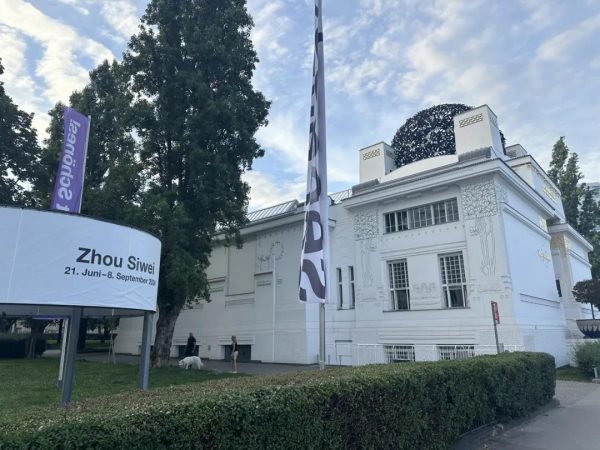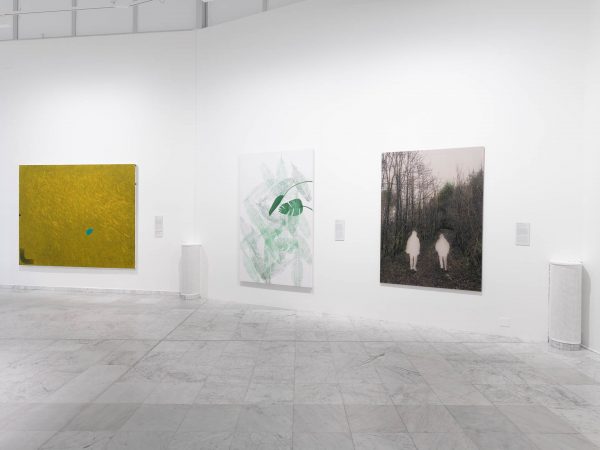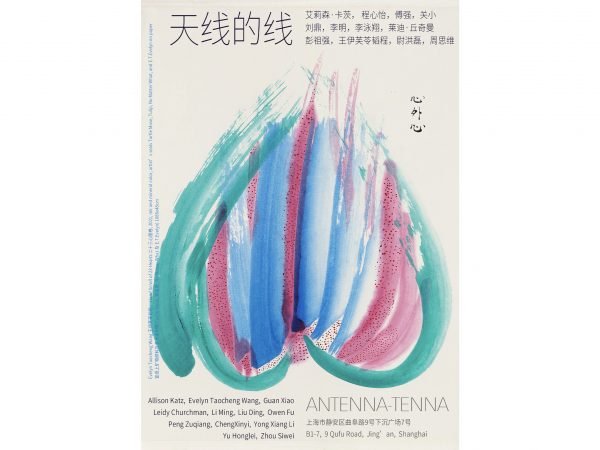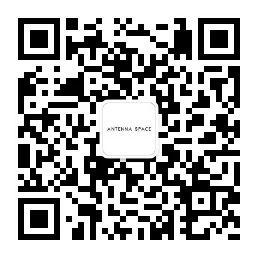Oil color on linen
80 x 80 cm
Zhou Siwei
BIOGRAPHY
Zhou Siwei (b. 1981, Chongqing) currently lives and works in Shanghai. In 2005, he completed BA in Oil Painting from Sichuan Fine Arts Institute.
Zhou Siwei focuses on the interrelation between people’s understanding of culture and the effect of culture on people. In his work, several visual and cultural inertias are intertwined to develop new intentions and suggestions, and familiarity and strangeness emerge at the same time, only to leave the possibility of arbitrary interpretation.
Selected solo exhibitions: I am Your Car, I’m Thinking About You, Antenna Space, Shanghai, China (2025);I Sold What I Grow, Secession, Vienna, Austria (2024); New Phone for Every Week, Antenna Space, Shanghai, China (2020); The Last Bridge, Kraupa-Tuskany Zeidler, Berlin, Germany (2019); Beautify Home, Antenna Space, Shanghai, China (2017); Schematic, Urs Meile, Lucerne, Switzerland (2015); A Round Studio, Aike-Dellarco, Shanghai, China (2014); Twilight, 82 Republic, Hong Kong, China (2007) and among others.
Selected group exhibitions: Sequence, Beige, Brussels, Belgium (2025); Pictures of the Post-80s Generation: Generational Leap, Tank, Shanghai (ongoing, 2024); Weaving in Entanglement, Mending in Punctures, 69 Art Campus, Beijing, China(2024); Follow the Feeling, times museum, Guangzhou, China(2024); Project Space Opening: Antenna-Tenna, Antenna-Tenna, Shanghai, China(2024); Horizons: Is there anybody out there?, Antenna Space, Shanghai (2023); Blink – The Collection of Trond Mohn, Stavanger Art Museum of Fine Arts, Norway (2023); House of Perception, Antenna Space, Shanghai, China (2021); Normal Days, Antenna Space x POP-UP Gallery, OōEli, Hangzhou, China (2020); Those who see and know all, are all and can do all, 798 Art Center, Beijing, China (2020); Blasted Heath, A.M.180, Prague, Czech (2019); Emerald City, K11 Art Foundation, Hong Kong, China (2018); Transcendental Empathy, Antenna Space, Shanghai, China (2018); I Could See the Smallest Things, Antenna Space, Shanghai, China (2017); Guangzhou Image Triennial: Simultaneous Eidos, Guangzhou, China (2017); Huayu Youth Award: Inception, Sanya, China (2016) and among others.
-
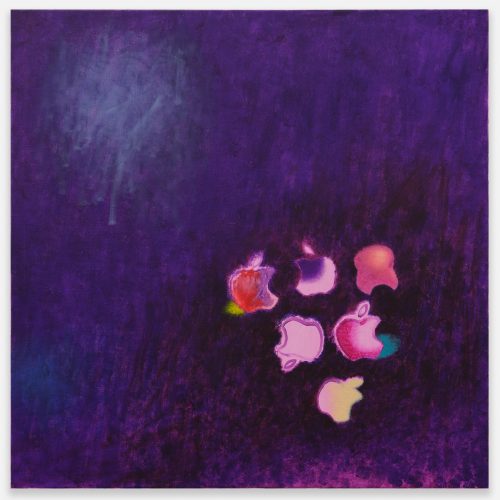
Zhou Siwei, Apple 03, 2023
作品信息Information -
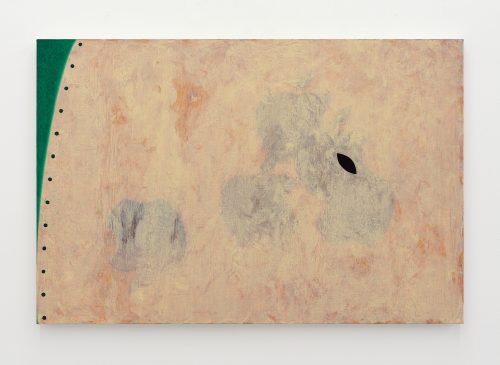
Zhou Siwei, Apple (Matcha, Bubble Tea), 2023
Oil color on canvas
100 x 150 cm作品信息Information -

Zhou Siwei, APPLE (EV SLEEP naked), 2021-2023
Oil color on linen
100 x 120 cm作品信息Information -
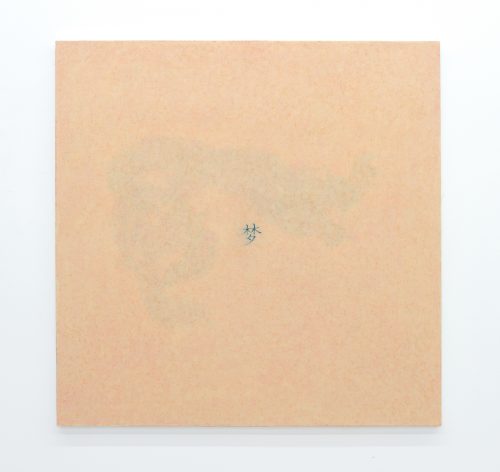
Zhou Siwei, Tattoos (Dreams, Dragons), 2022
Oil color on canvas
150 x 150 cm作品信息Information -
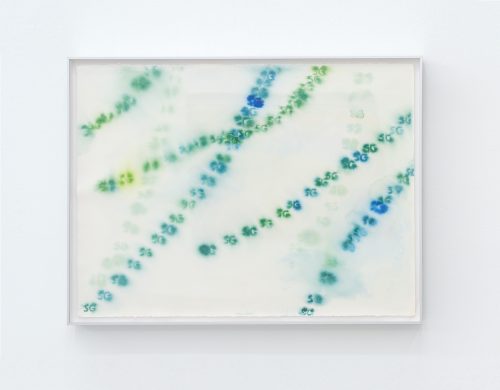
Zhou Siwei, 5G Wind 02, 2022
Color ink on paper
60.5 x 80 cm (with frame)作品信息Information -
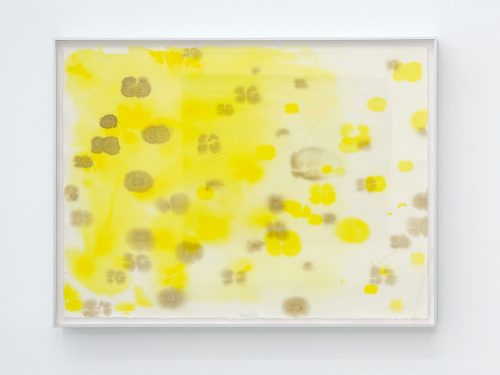
Zhou Siwei, 5G Wind 01, 2022
Color ink on paper
60.5 x 80 cm (with frame)作品信息Information -
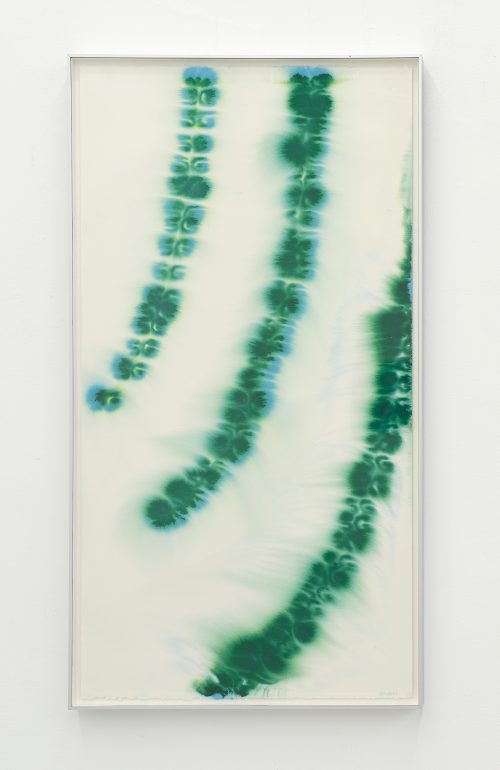
Zhou Siwei, Wind 5G 03, 2022
Color ink on paper
114 x 60 cm作品信息Information -
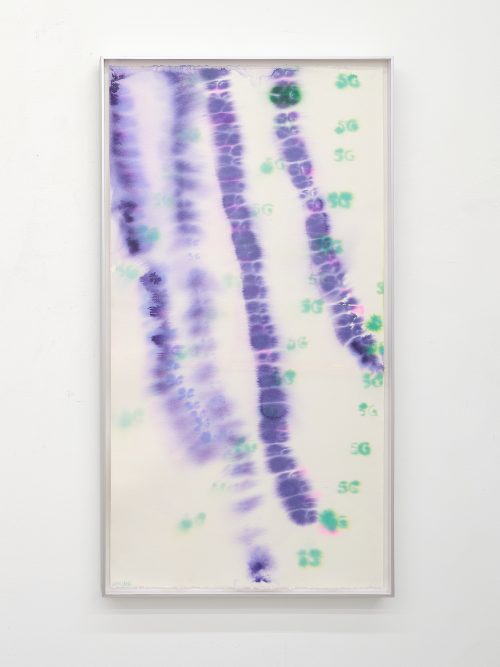
Zhou Siwei, 5G Wind 04, 2022
Color ink on paper
115 x 64 cm作品信息Information -

Zhou Siwei, Apple (Bamboo Basket, East Asia), 2022
Oil color on canvas
150 x 120 cm作品信息Information -
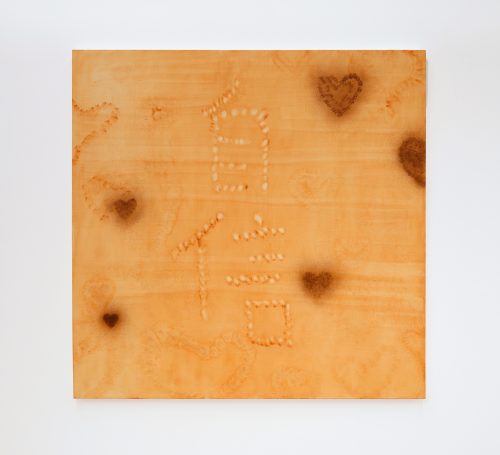
Zhou Siwei, Confidence (cappuccino), 2022
Oil on canvas
150 x 150 cm作品信息Information -
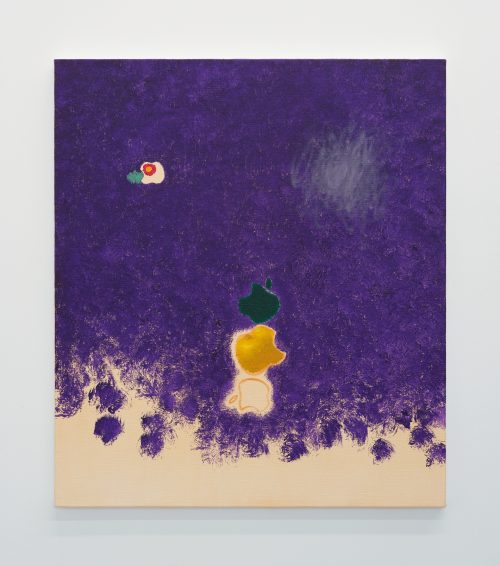
Zhou Siwei, Apple 02, 2022
Oil color on canvas
80 x 70 cm作品信息Information -
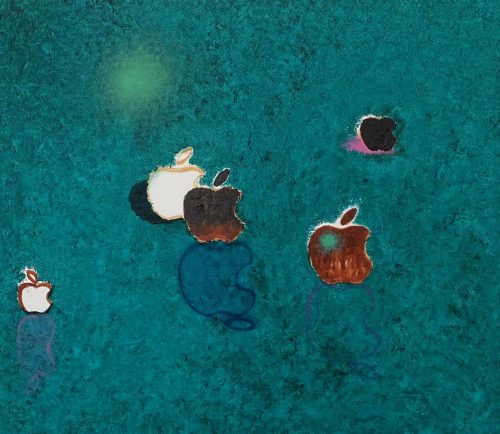
Zhou Siwei, Apple 01, 2021
Oil on canvas
70 x 80 cm作品信息Information -
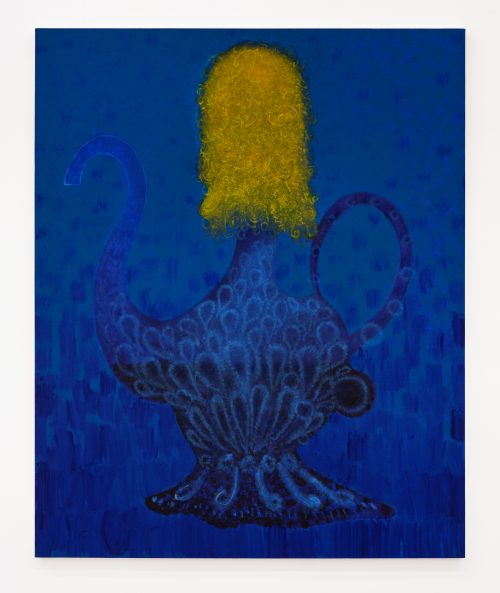
Zhou Siwei, BaiJiu Blonde (Dream Blue) , 2021
Oil on canvas
160 x 130 cm作品信息Information -
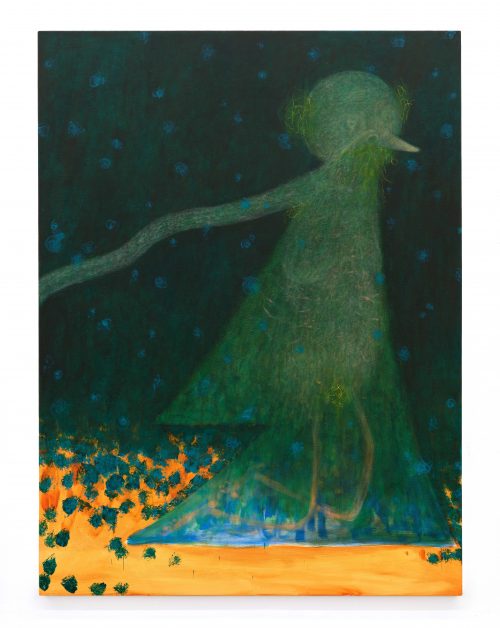
Zhou Siwei, Snow Old Man, 2021
Oil color on canva
200 x 150 cm作品信息Information -
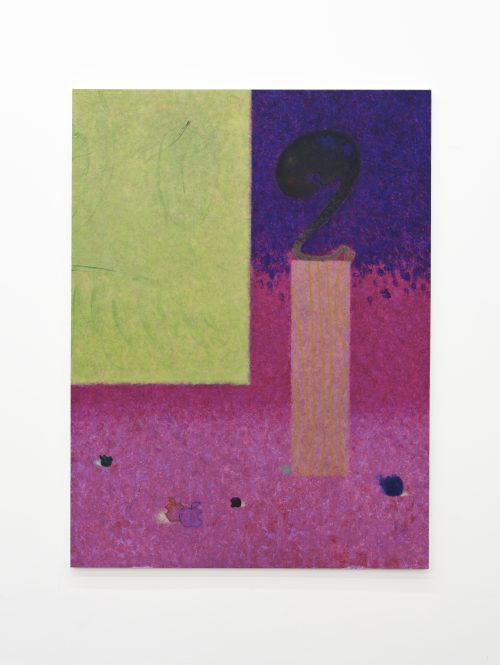
Zhou Siwei, Collector (40 years old), 2021
Oil on canvas
200 x 150 cm作品信息Information -
,2020-80x70cm-oil-on-canvas-s-500x616.jpg)
Zhou Siwei, Tattoos (female phoenix cover the courage) , 2020
Oil color on canvas
80 x 70 cm作品信息Information -
2020-200x270cm-oil-on-canvas-s-500x416.jpg)
Zhou Siwei, Butterfly balloon drone (future), 2020
Oil color on canvas
200 x 270 cm作品信息Information -
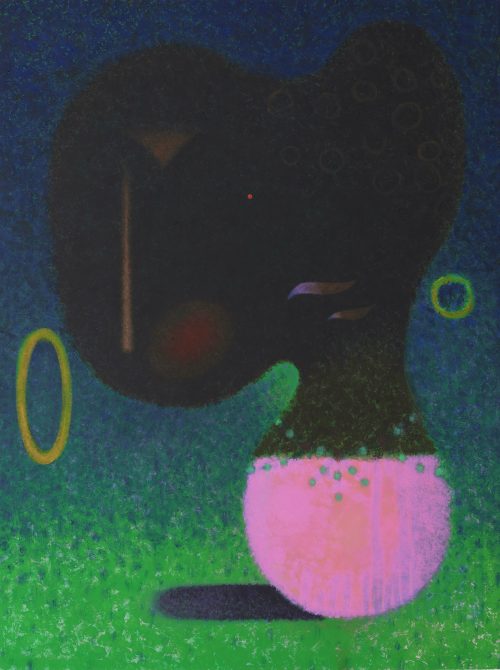
Zhou Siwei, Buddha Africa, 2020
Oil on Canvas
200 x 150 cm作品信息Information -
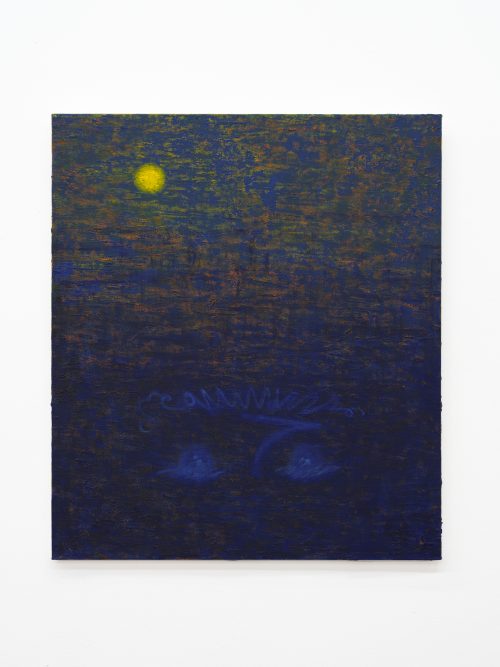
Zhou Siwei, Reflection (40 years old), 2020
Oil on canvas
80 x 70 cm作品信息Information -
2020-80x70cm-oil-on-canvas-s-500x597.jpg)
Zhou Siwei, Avatar frame (summer summer), 2020
Oil Color on Canvas
80 x 70 cm作品信息Information -

Zhou Siwei, Glass bottle plastic bottle, 2020
Oil color on canvas
80 x 70 cm作品信息Information -
2020-200x150cm-oil-on-canvas-s-500x670.jpg)
Zhou Siwei, Amethyst (buy one get one free), 2020
布面油彩
200 x 150 cm作品信息Information -
-200x150cm-oil-on-canvas-s-500x654.jpg)
Zhou Siwei, Yellow Diamond (80%), 2020
Oil color on canvas
200 x 150 cm作品信息Information -
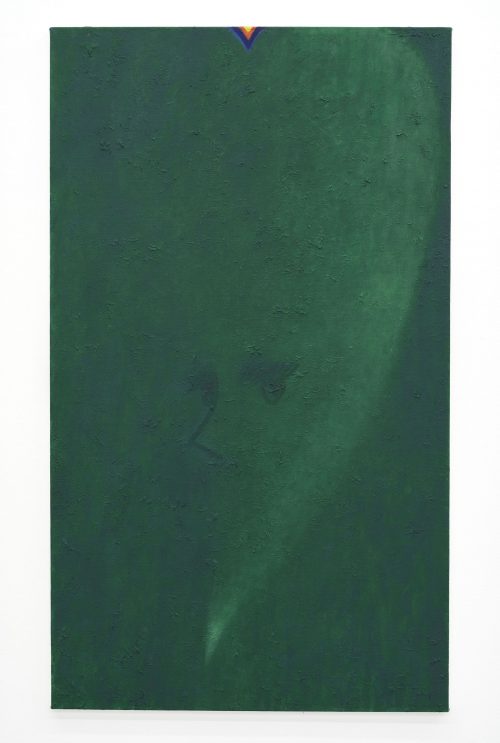
Zhou Siwei, 💚, 2020
Oil color on canvas
120 x 70 cm作品信息Information -

Zhou Siwei, 23° Rain, 2020
Oil color on canvas
200 x 150 cm作品信息Information -

Zhou Siwei, Palm Print (Full Moon, LED), 2019
Oil Color on canvas
100 x 150 cm作品信息Information -

Zhou Siwei, LED, 2020
Water color on paper
125 x 114 cm作品信息Information -
,2019-120x100cm-oil-on-canvas-s-500x611.jpg)
Zhou Siwei, Endurance, rose (tattoo), 2019
Oil color on canvas
120 x 100 cm作品信息Information -
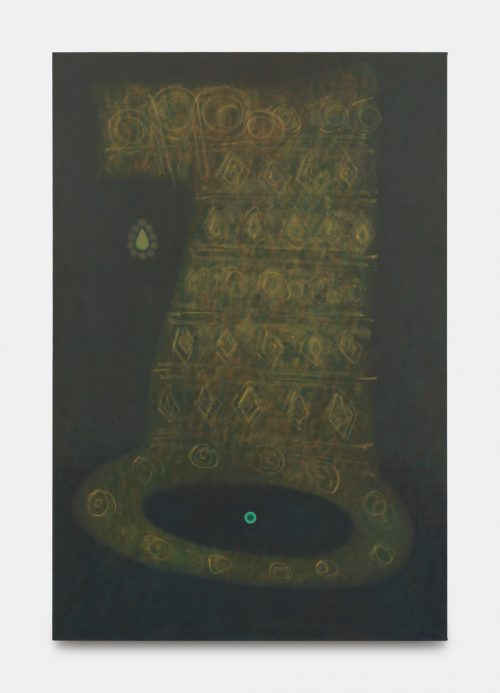
Zhou Siwei, Building (Oppo), 2019
Oil on canvas
150 x 100 cm作品信息Information -
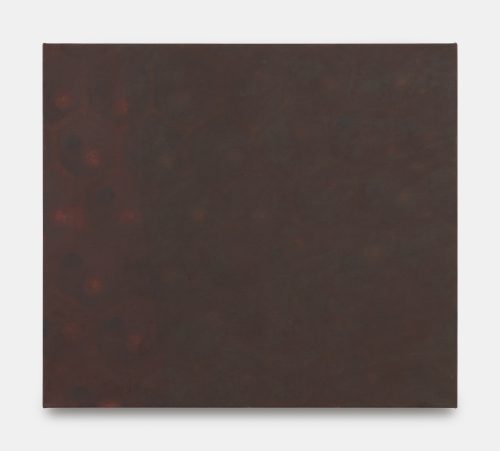
Zhou Siwei, Hive (Yin Yang), 2018
Oil on canvas
70 x 80 cm作品信息Information -
,2018-150-×-100-cm-oil-on-canvas-s--500x648.jpg)
Zhou Siwei, Double Happiness (drizzle) , 2018
Oil color on canvas
150 × 100 cm作品信息Information -

Zhou Siwei, Bridge (Jade), 2019
Oil on canvas
120 x 100 cm作品信息Information -

Zhou Siwei, Balloon, Butterfly, Drone, 2018
Oil on canvas
80 x 70 cm作品信息Information -

Zhou Siwei, Solar Panel, 2018
Oil on canvas
120 x 100 cm作品信息Information -
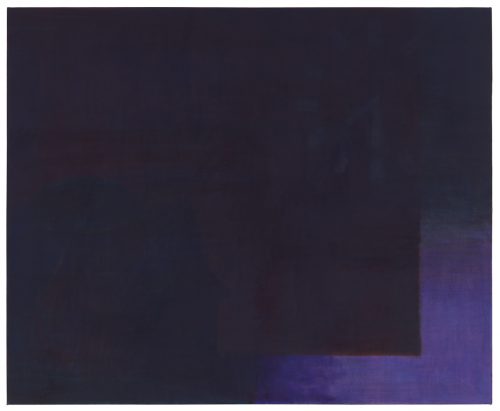
Zhou Siwei, TIME (7:30 PM), 2016
Oil on canvas
130 x 160 cm作品信息Information -
150x200cm-oil-color-on-canvas-2016_s-500x380.jpg)
Zhou Siwei, Cloud (Dead Spots), 2016
Oil on canvas
150 x 200 cm作品信息Information -
-Vase-Xi-Shuang-Ban-Na-500x633.jpg)
Zhou Siwei, Vase (Xi Shuang Ban Na), 2016
Oil on canvas
140 x 110 cm作品信息Information -
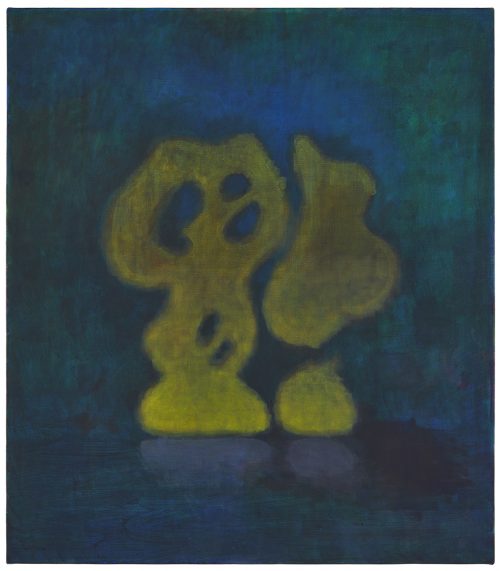
Zhou Siwei, Lucky (Upside Down), 2016
Oil on canvas
80 x 70 cm作品信息Information -
Entrance-Hall-Malevich-500x660.jpg)
Zhou Siwei, Entrance Hall (Malevich), 2016
Oil on canvas
200 x 150 cm作品信息Information -
-Drinking-Cup-Golden-500x635.jpg)
Zhou Siwei, Drinking Cup (Golden), 2016
Oil on canvas
140 x 110 cm作品信息Information -
Teacup-Father-500x571.jpg)
Zhou Siwei, Teacup (Father), 2016
Oil on canvas
80 x 70 cm作品信息Information -
GrapesBackground-500x411.jpg)
Zhou Siwei, Grapes (Background),2016
Oil on canvas
130 x 160 cm作品信息Information -
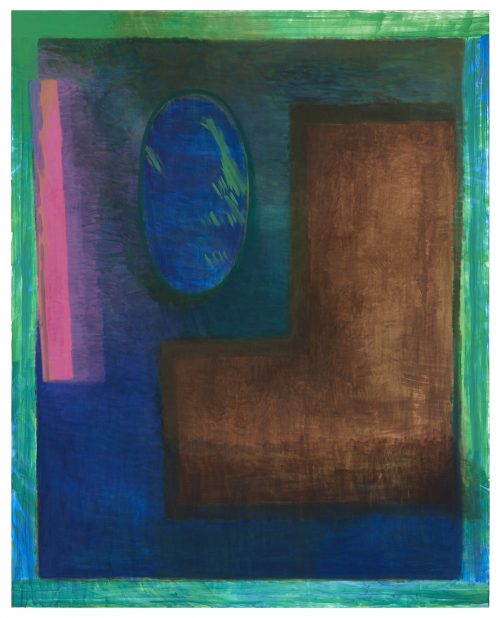
Zhou Siwei, Living Room, 2015 – 2016
Oil on canvas
250 x 200 cm作品信息Information -
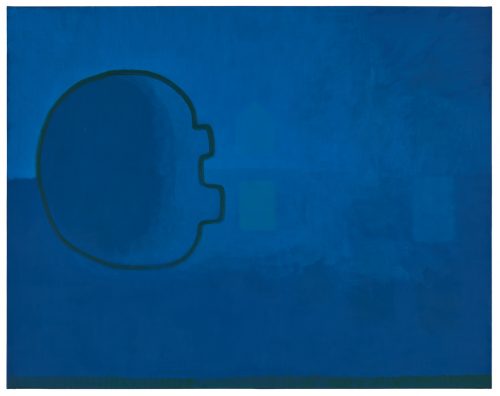
Zhou Siwei, Fence (Sunset_Blue), 2015 – 2016
Oil on canvas
110 x 140 cm作品信息Information -
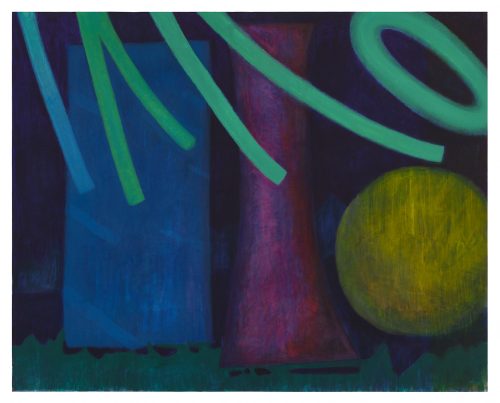
Zhou Siwei, Group Photo, 2015 – 2016
Oil on canvas
200 x 250 cm作品信息Information -
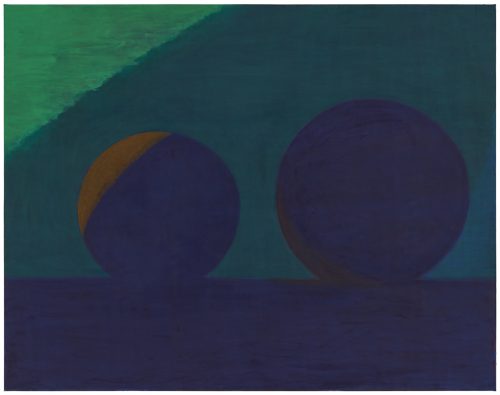
Zhou Siwei, Sun Rise Sun Set, 2015
Oil on canvas
110 x 140 cm作品信息Information -
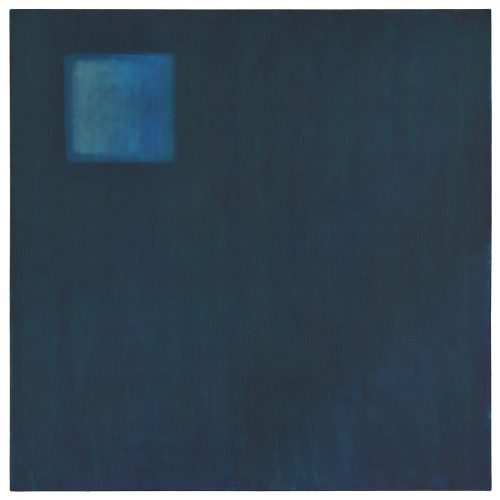
Zhou Siwei, Grape 01, 2015
Oil on canvas
80 x 80 cm作品信息Information -
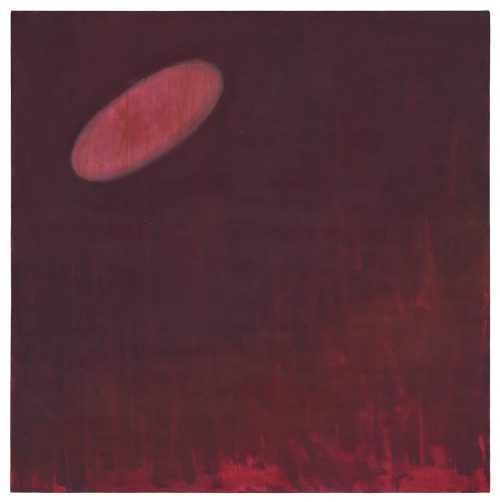
Zhou Siwei, Grape 02, 2015
Oil on canvas
80 x 80 cm作品信息Information -
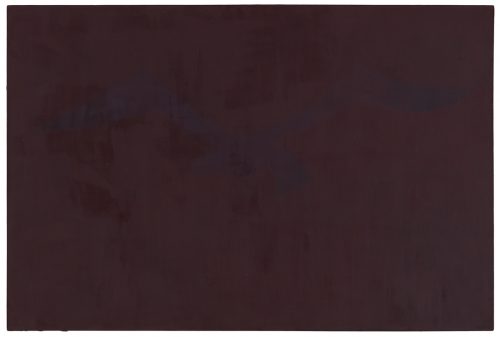
Zhou Siwei, Seagull (with Restoration) , 2012
Oil on canvas
100 x 150 cm作品信息Information -
,2020s-500x750.jpg)
Zhou Siwei, Shell (endurance), 2020
PLA 5, Putty for modeling, Acrylic
145 x 75 x 8 mm作品信息Information -
,2020s-500x750.jpg)
Zhou Siwei, Shell (money) , 2020
PLA 5, Putty for modeling, Acrylic
145 x 75 x 8 mm作品信息Information -
,2020s-500x750.jpg)
Zhou Siwei, Shell (miss you) , 2020
PLA 5, Putty for modeling, Acrylic
145 x 75x 8 mm作品信息Information -
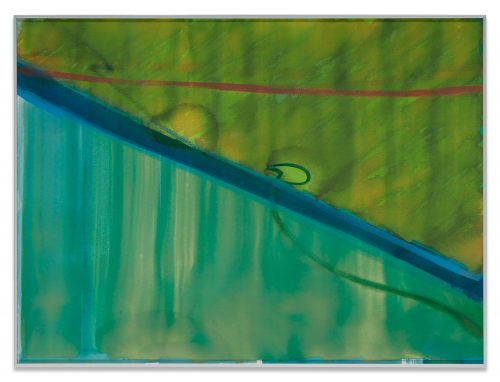
Zhou Siwei, Framed Glass 03, 2014
Water color on paper
57 x 76 cm作品信息Information -
2014-纸上水彩40x55cm-500x368.jpg)
Zhou Siwei, Group Photo (manuscripts), 2014
Water color on paper
40 x 55 cm作品信息Information -
(手稿)2014-纸上水彩55x39.5cm-500x687.jpg)
Zhou Siwei, Cobblestone Vase (Mother) (manuscripts), 2014
Water color on paper
55 x 39.5 cm作品信息Information -
2014-纸上水彩-77x57.5cm-500x654.jpg)
Zhou Siwei, Living Room (manuscripts), 2014
Water color on paper
77 x 57.5 cm作品信息Information -
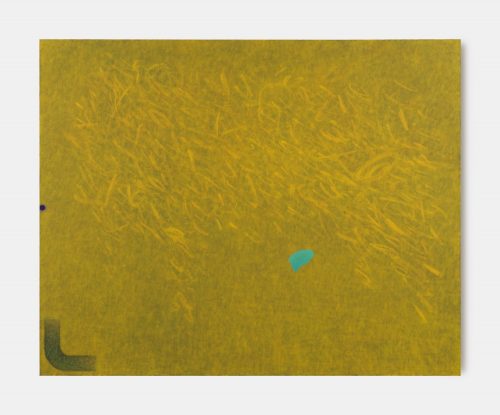
Zhou Siwei, Grass House (Windy), 2019
Oil on canvas
200 x 250 cm作品信息Information -
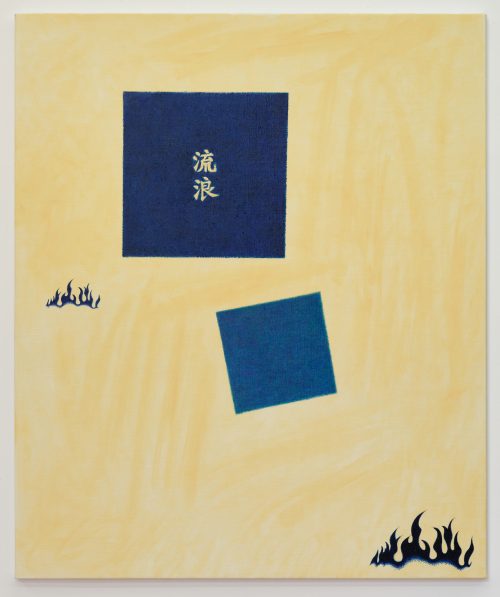
Zhou Siwei, Tattoo (Drifting Flame Malevich), 2023
Oil color on linens
120 x 100 cm作品信息Information -
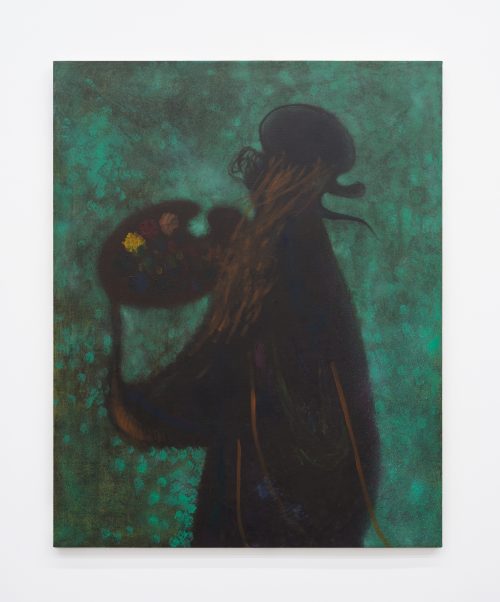
Zhou Siwei, Painter, 2023
Oil color on linen
150 x 120 cm作品信息Information -
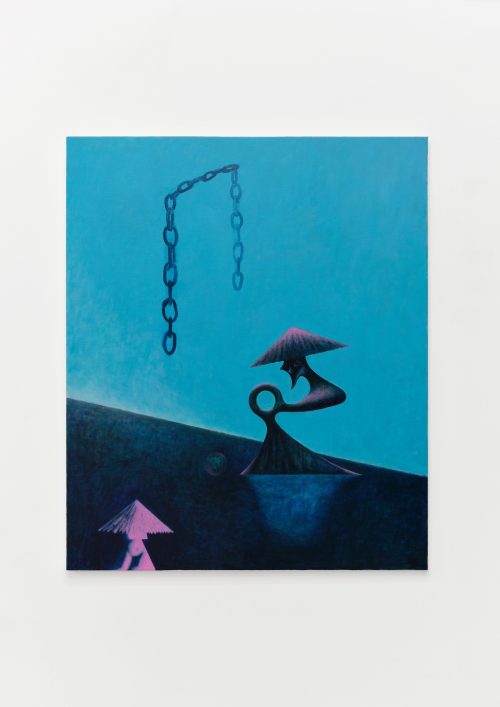
Zhou Siwei, Trophy(Dance, Asia, Chains), 2024
Oil on linen
120 x 100 cm作品信息Information -
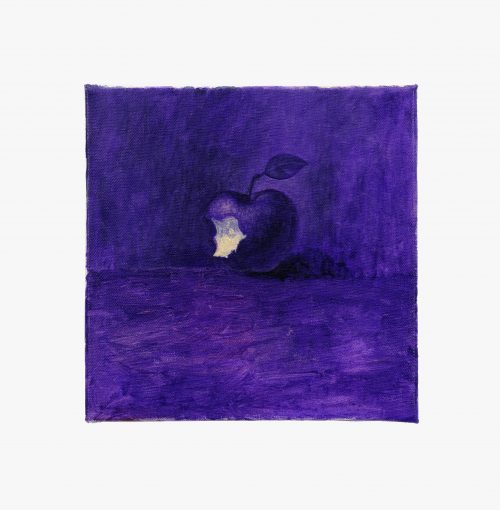
Zhou Siwei, Apple 04, 2024
Oil color on linen
20 x 20 cm作品信息Information -
Village-Apple-5G-Wind-03-500x398.jpg)
Zhou Siwei, Village (Apple, 5G, Wind), 2023
Oil color on Linen
200 x 250 cm作品信息Information -

Zhou Siwei, Apple 05 (Ten CNY for 1.5kg), 2023
Oil color on Linen
40 x 50 cm作品信息Information -
-03-500x498.jpg)
Zhou Siwei, Bamboo Basket (I SOLD WHAT I GROW), 2024
Oil color on Linen
150 x 150 cm作品信息Information -
-Snake-East-Asia-Farmer-03-500x617.jpg)
Zhou Siwei, Snake (East Asia Farmer), 2024
Oil color on Linen
150 x 122 cm作品信息Information -
Thief-bamboo-fence-03-500x626.jpg)
Zhou Siwei, Thief (bamboo fence), 2024
Oil color on Linen
200 x 150 cm作品信息Information -
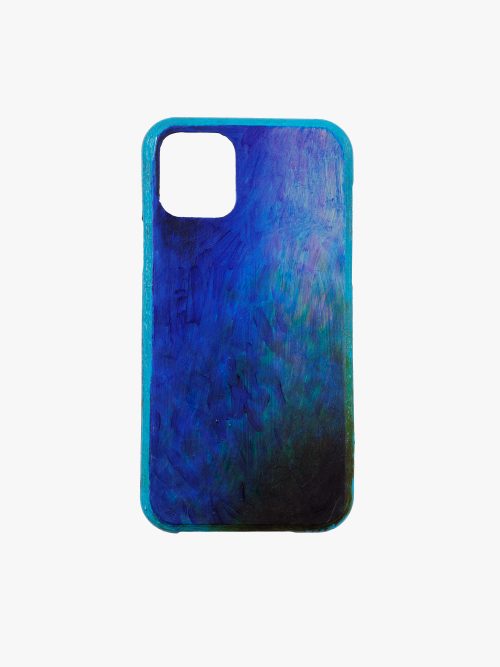
Zhou Siwei, iPhone Cover 1, 2024
PLA 5, putty for modeling, acrylic,oil color
9.5 x 18.4 x 1.2 cm
作品信息Information -
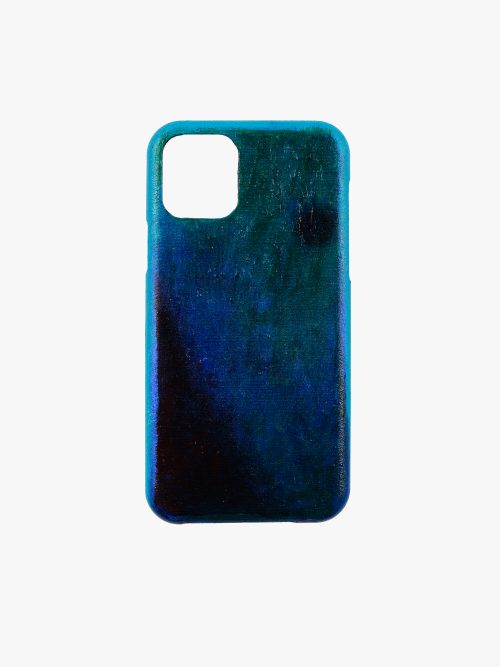
Zhou Siwei, iPhone Cover 2, 2024
3D Printing Nylon, putty for modeling, acrylic,oil color
10.2 x 20 x 1.3 cm
作品信息Information -
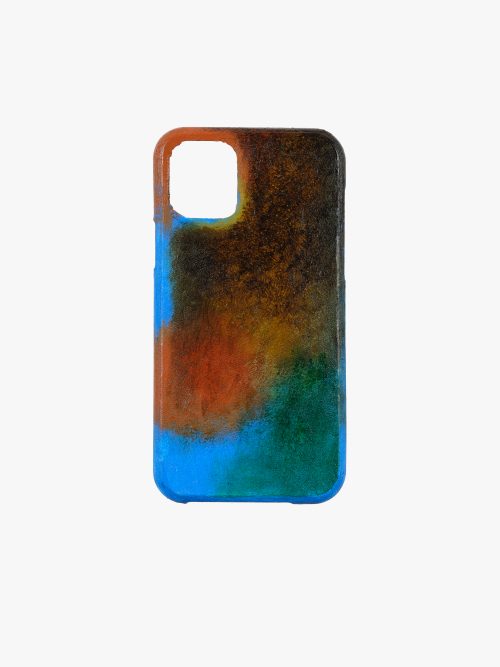
Zhou Siwei, iPhone Cover 3, 2024
PLA 5, putty for modeling, acrylic,oil color
7.6 x 14.8 x 0.8 cm
作品信息Information -

Zhou Siwei, iPhone Cover 4, 2024
3D Printing Nylon, putty for modeling, acrylic, oil color
7.6 x 14.8 x 0.8 cm
作品信息Information -
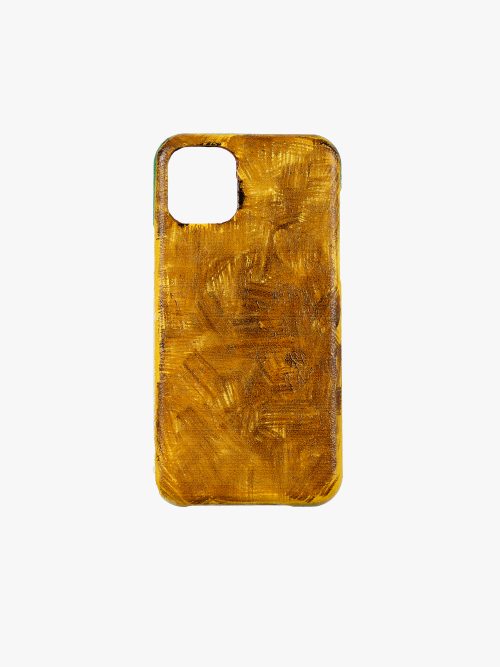
Zhou Siwei, iPhone Cover 5, 2024
3D Printing Nylon, putty for modeling, acrylic, oil color
7.6 x 14.8 x 0.8 cm
作品信息Information -
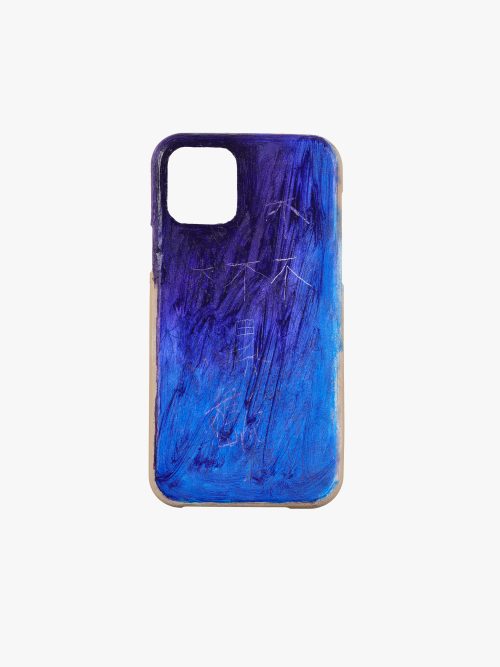
Zhou Siwei, iPhone Cover 6, 2024
PLA 5, putty for modeling, acrylic, oil color
7.6 x 14.8 x 0.8 cm
作品信息Information -
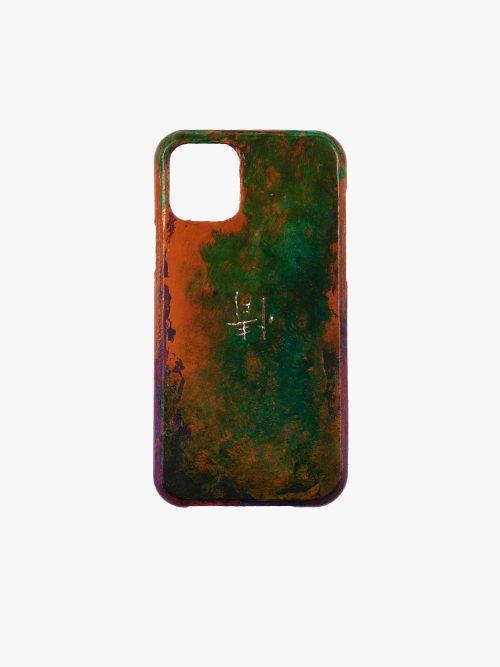
Zhou Siwei, iPhone Cover 7, 2024
PLA 5, putty for modeling, acrylic,oil color
7.6 x 14.8 x 0.8 cm
作品信息Information -
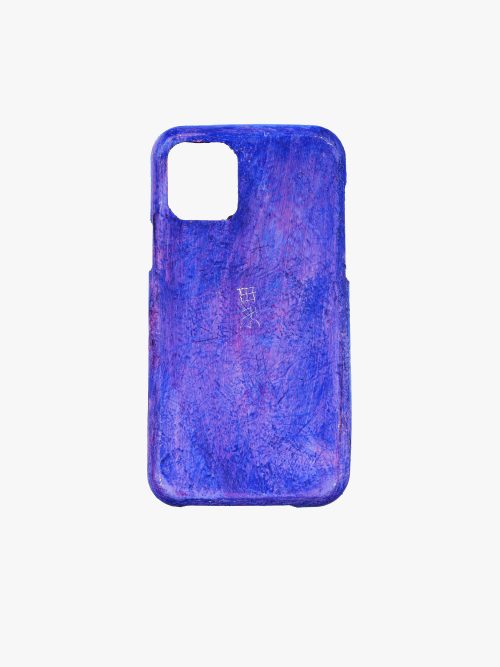
Zhou Siwei, iPhone Cover 8, 2024
PLA 5, putty for modeling, acrylic,oil color
7.6 x 14.8 x 0.8 cm
作品信息Information -
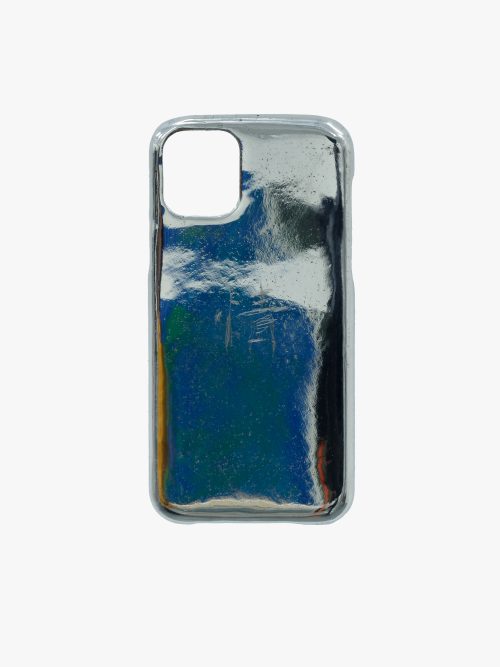
Zhou Siwei, iPhone Cover 9, 2024
3D pringting stainless steel
3.6 x 7 x 0.4 cm
作品信息Information -
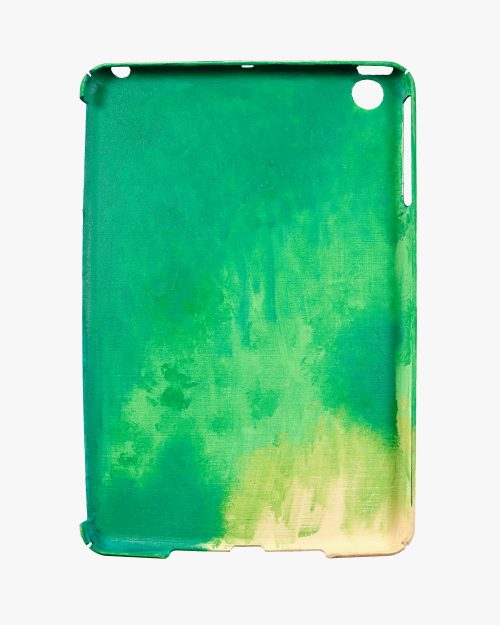
Zhou Siwei, iPad Cover 1, 2024
3D Printing Nylon, putty for modeling, acrylic, oil color
27.8 x 41 x 1.9 cm
作品信息Information -
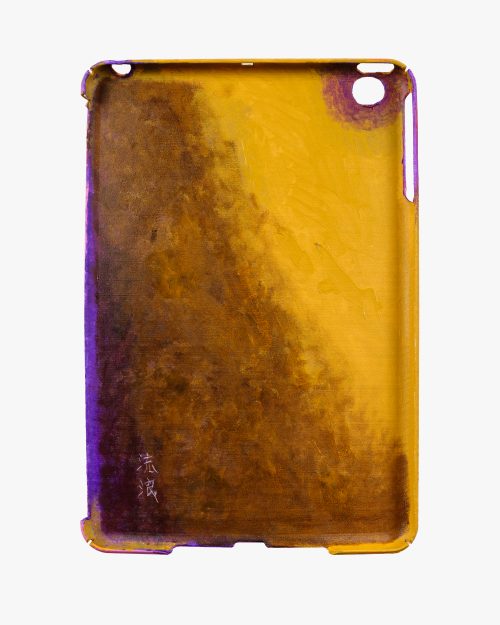
Zhou Siwei, iPad Cover 2, 2024
3D Printing Nylon, putty for modeling, acrylic, oil color
27.8 x 41 x 1.9 cm
作品信息Information -
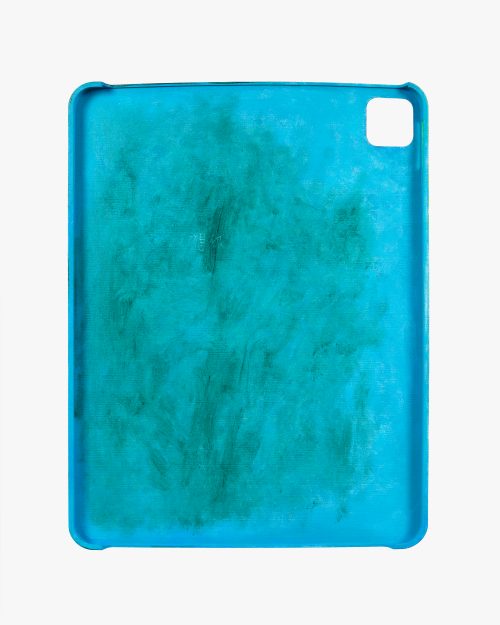
Zhou Siwei, iPad Cover 3, 2024
3D Printing Nylon, putty for modeling, acrylic, oil color
30.8 x 40.2 x 1.3cm
作品信息Information -
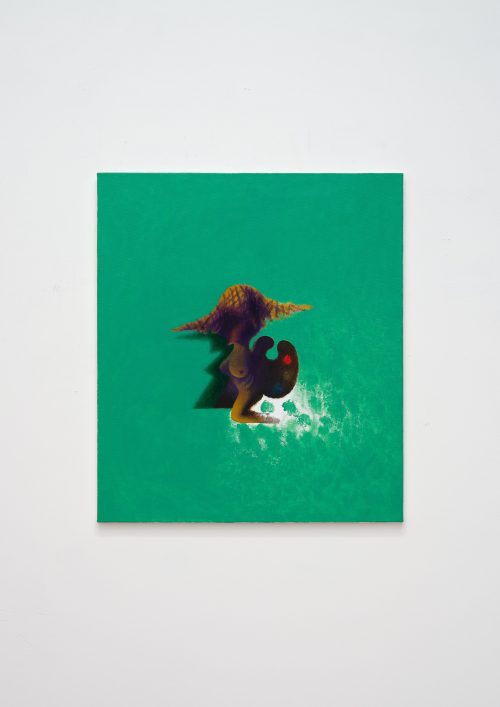
周思维, Painter (mini), 2023
Oil on canvas
80 x 70 cm
作品信息Information -
Bamboo-Missing-You.-Female,2025,亚麻布面油画-Oil-color-on-linen-120-x-150-cm-1-500x354.jpg)
Zhou Siwei, Bamboo Missing you. Female, 2025
Oil color on Linen
120 x 150 cm作品信息Information -
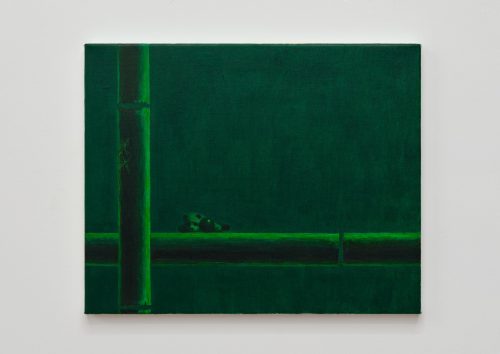
Zhou Siwei, Bamboo Missing you, 2024
Oil color on Linen
40 x 50 cm作品信息Information -
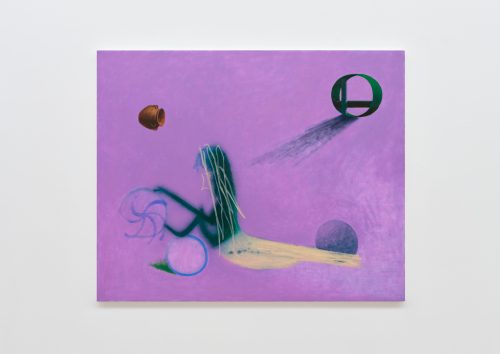
Zhou Siwei, Pottery (I Am Your Car, I’m Thinking about You), 2025
Oil color on Linen
122 x 150 cm作品信息Information -
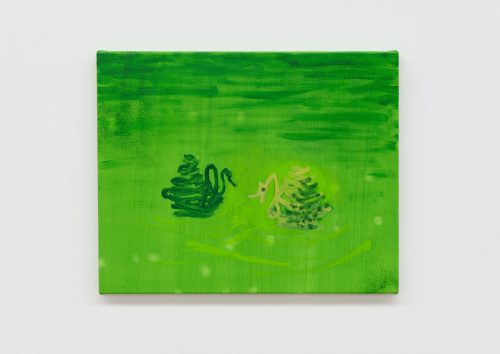
Zhou Siwei, Black Swan, White Swan (Matcha Latte), 2025
Oil color on Linen
40x 50 cm作品信息Information -
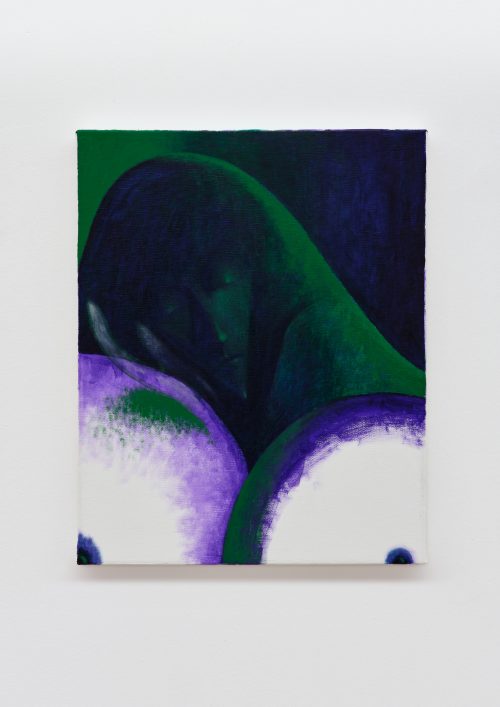
Zhou Siwei, Genie (I Am Your Car, I’m Thinking About You), 2024
Oil color on Linen
50 x 40 cm作品信息Information -
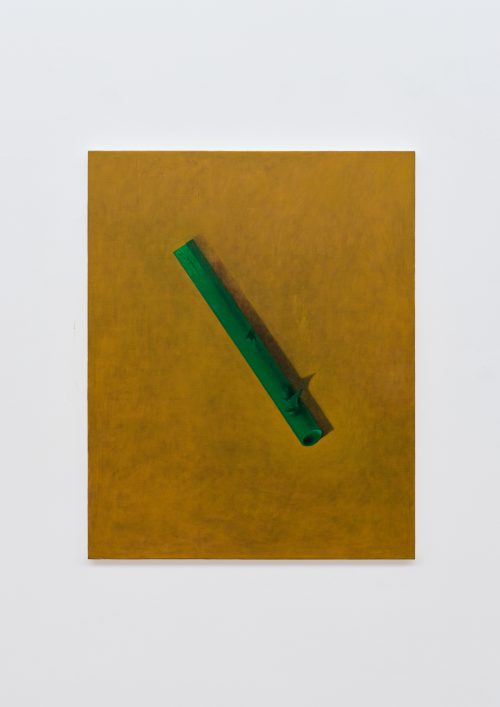
Zhou Siwei, Bamboo (Male), 2024
Oil color on Linen
100 x 80 cm作品信息Information -
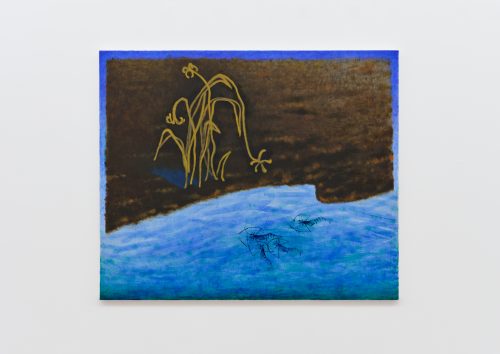
Zhou Siwei, Shore (Narcissistic, Shrimp), 2025
Oil color on Linen
100 x 120 cm作品信息Information -
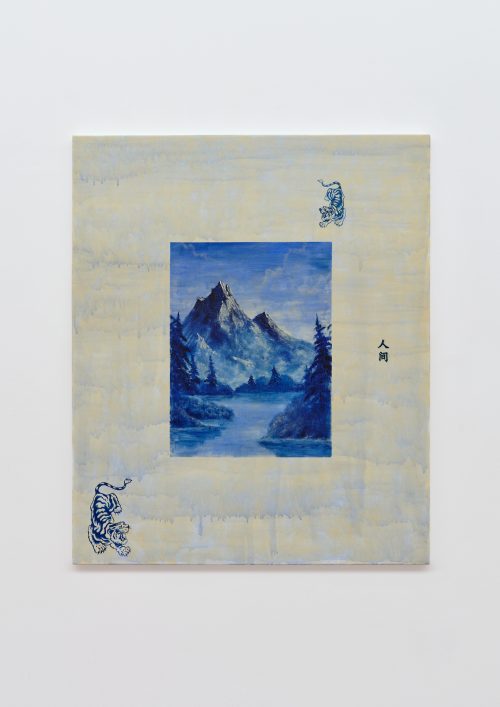
Zhou Siwei, Tattoo (Descending Tiger, BOB ROSS), 2025
Oil color on Linen
120 x 100 cm作品信息Information -
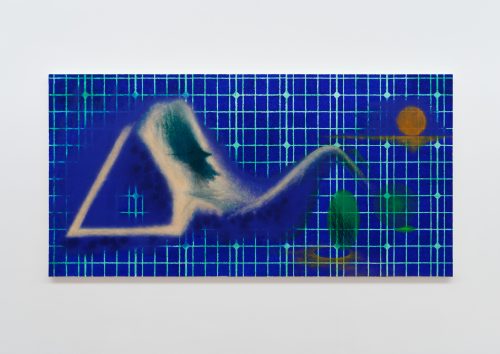
Zhou Siwei, Solar Panel (Sunset, Reclining Buddha), 2025
Oil color on Linen
150 x 300 cm作品信息Information -
Stainless-steel-printing-hand-polished_9.7x7.7x4.3cmx2-2025_web-500x707.jpg)
Zhou Siwei, Car Sign (bamboo.night), 2025
Stainless steel printing with hand polished
9.7 x 7.7 x 4.3 cm (2 pieces)
作品信息Information -
_2022_web-500x399.jpg)
Zhou Siwei, Boba Tea House (Grapes), 2022
Oil on canvas
200 x 250 cm
作品信息Information -
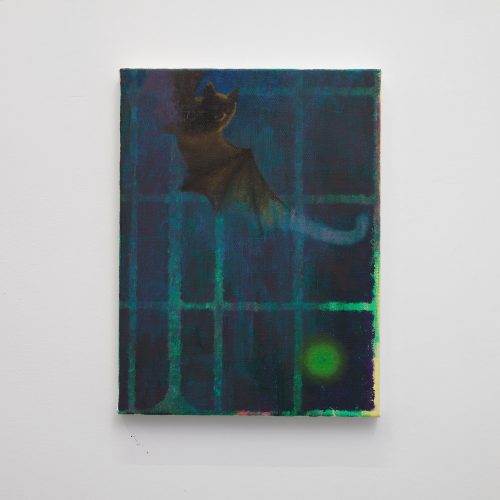
Zhou Siwei, Solar Panels (bat·night), 2025
Oil on linen
40 x 30 cm
作品信息Information
Artworks
-
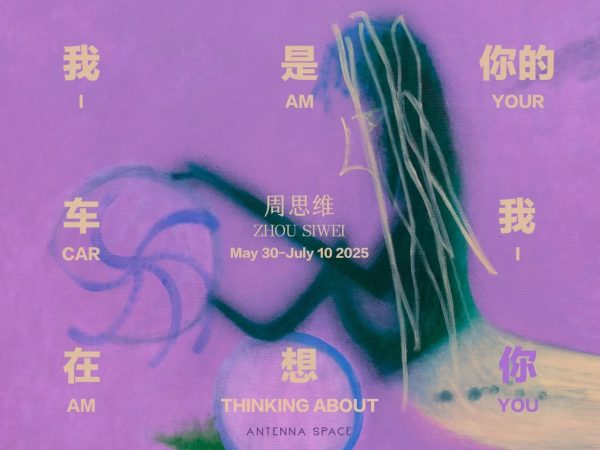
Zhou Siwei: I Am Your Car, I’m Thinking About You
2025.5.30 – 2025.7.12
-
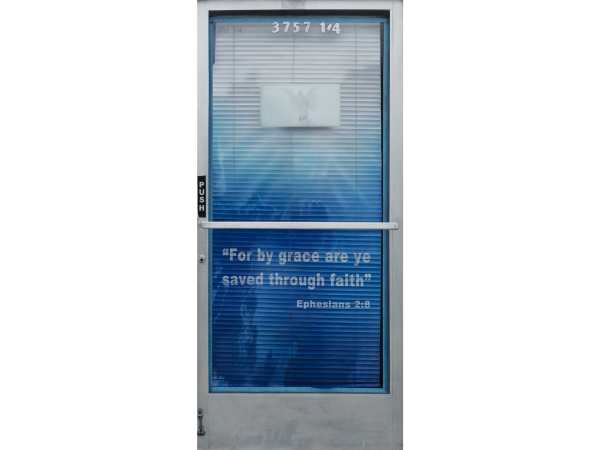
Horizons: Is there anybody out there?
2023.09.16 – 2023.10.25
Curator: Robin Peckham
Participating Artists: Korakrit Arunanondchai, Dora Budor, Hilo Chen, Xinyi Cheng, Cui Jie, Simon Denny, Daniel Dewar & Grégory Gicquel, Buck Ellison, Carolyn Forrester, Owen Fu, Sayre Gomez, Guan Xiao, Han Bing, Tishan Hsu , Frieda Toranzo Jaeger, Allison Katz, KAYA (Kerstin Brätsch & Debo Eilers), Matthew Lutz Kinoy, Josh Kline, Stanislava Kovalcikova, Heidi Lau, Li Ming, Yong Xiang Li, Liu Chuang, Jr-Shin Luo, Nancy Lupo, Mai Zhixiong, Helen Marten, Alexandra Noel, Peng Zuqiang, Tara Walters, Evelyn Taocheng Wang, Xie Nanxing, Joseph Yaeger, Yu Honglei, Yu Peng, Zhao Gang, Zhou Siwei (alphabetically) -
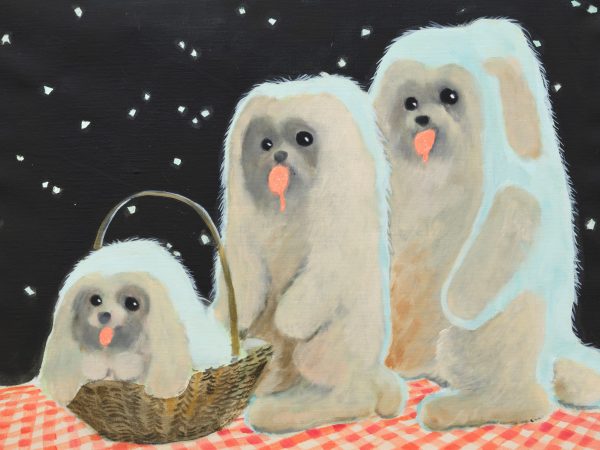
House of Perception: Allison Katz, Zhou Siwei, Enzo Cucchi, Sanya Kantarovsky, Fredrik Værslev, Duan Jianyu, Xie Nanxing, Wang Xiaoqu
2021.03.27 – 2021.05.29
Curator: Fiona He -
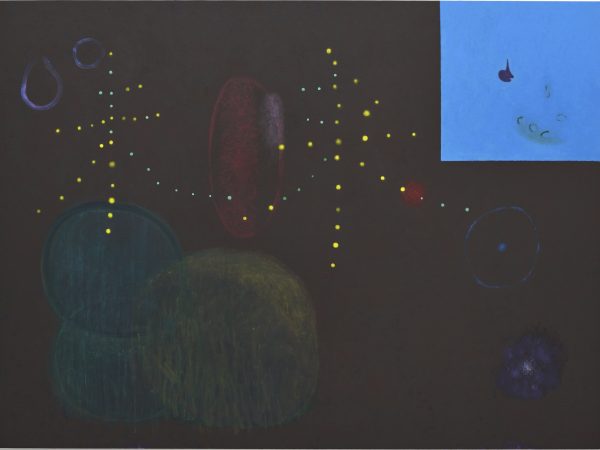
Zhou Siwei: New Phone for Every Week
2020.07.18 – 2020.09.06
-
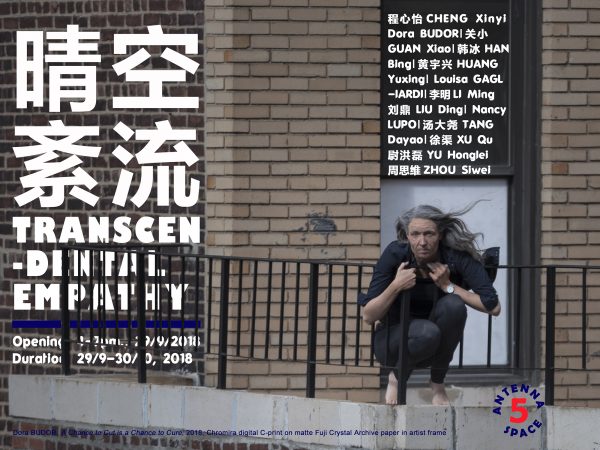
Transcendental Empathy: Cheng Xinyi, Dora Budor, Guan Xiao, Han Bing, Li Ming, Yu Honglei, Zhou Siwei, Huang Yuxing, Louisa Gagliardi, Liu Ding, Tang Dayao, Xu Qu
2018.09.29 – 2018.10.30
-
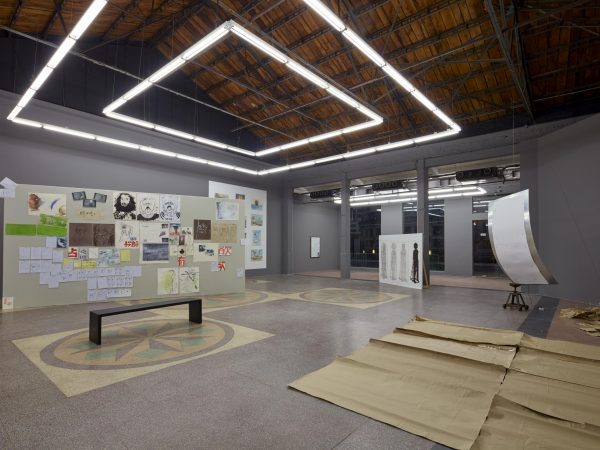
I Could See the Smallest Things: Allison Katz, Li Ming, Zhou Siwei, Tim Enthoven, Lu Chunsheng, Jonas Lipps, Liu Weijian, He Xun
2017年12月3日 – 2018年1月4日
-
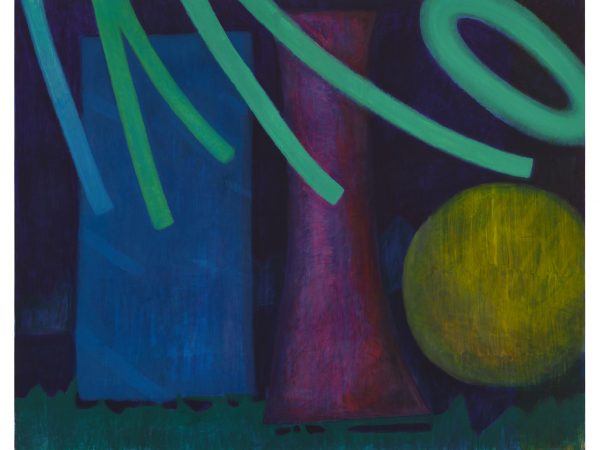
Zhou Siwei:Beautify Home
2017.03.04 – 2017.04.04
EXHIBITIONS
NEWS
ANTENNA-TENNA
-
Artforum|Zhou Siwei – Critics’ Picks|Fiona He
(Chinese version only)
9-7-2025
Fiona He’s critics’ picks is a review and critical text on the exhibition I Am Your Car, I’m Thinking About You, featuring artist Zhou Siwei at Antenna Space.
-
CURA Magazine|Zhou Siwei: I Sold What I Grow | Giulia Colletti
In the context of the exhibition I Sold What I Grow at the Vienna Secession, Zhou Siwei translates the complexities and contradictions of contemporary life, particularly in China, into whimsical and fragmented artworks. These pieces delve into the ambivalence of the digital age, the rampant flow of trade, and the relentless pace of late capitalism. Zhou’s works merge together visual and cultural references, making everyday objects and symbols appear both familiar and uncanny, thus inviting diverse interpretations.
-
Painting in the Time of Technophoria – On Zhou Siwei’s art practice and his latest solo exhibition “New Phone for Every Week” | Fiona He
What does an ordinary day look like for most us nowadays? You are likely to reach for your mobile phone before your mind is fully turned on. Your home screen, filled with notifications from last night while you slept, shines brighter than your serenading alarm. You get ready, and rush to the nearest subway station. With a swipe of your e-wallet on your phone, you hop on the subway while the transit fare is instantly deducted from your bank account. For that matter, you can hardly remember the last time you saw paper money. On your commute to work, you shuffle between the multiple messenger apps and social media platforms to catch up with the “world.” If time allows, you indulge in a few video clips on YouTube or even try to level up with your teammates in the “Honor of Kings.” Meanwhile, infomercials moving along subway cart windows with a few occasional glitches, as if the underground tunnels have built-in screens that stretch from one station to the next, compete for your attention. But you have long been indifferent, or even desensitized to advertisements, be they in motion, looped, or still. Once you get to work, whatever your job may be, it’s likely you operate on some kind of monitor, if not on multiples. Your proficiency in all of the devices at work is has become your second nature, which does not require any forethought. And, by the time you get off work, the city’s nocturnal atmosphere revels on with artificial stimuli that keep all of your sensory responses alive. Although you might not be able to identify the great dipper, but the night sky lusters with a constellation of hundreds of drones into silhouettes of images, glyph, or even propaganda slogans that are easier for you to recognize than the stars. The high-rise buildings and menacing towers, key players of the urban jungle in the daytime, contending for a city’s skyline, have now turned into plugged monoliths, on which infomercials roll on in endless syncopation. Well, you get the picture. In fact, a verbal narrative, or a single image would not suffice to portray our daily routine, and perhaps the reception of such narratives string together faster into a mental video clip than it’s told…… -
Zhou Siwei: Aesthetic Research | Bao Dong
Like many artists from the same generation, Zhou Siwei’s art practice departed from an intentional distancing from the academic and especially, the realist art. Chinese realist art usually has double identities, one is considered as aesthetic values and ideological contents, serving as the basis of art-related policy making which is supported and directed by political parties and the government. It used to be the only legitimate model, including reflectionism, class theory, exemplarism, namely a series of aesthetic principles beyond mediums and genres such as “content dictates form.” The second identity of realism is the methodology of realism that’s conducting the aesthetic form as such within art, based upon representational skills, centred upon historical figures while aiming at literary and social expressions. Extending towards the capillary tips, this methodology also includes painting geometric solids, plaster figures, heads and bodies, and finally the thematic works. In short, this is what’s still being taught in the conventional departments of every art school in China. The two identities of realism are interconnected, in fact, they are the same thing, in English Realism can mean both Xieshizhuyi and Xianshizhuyi.
